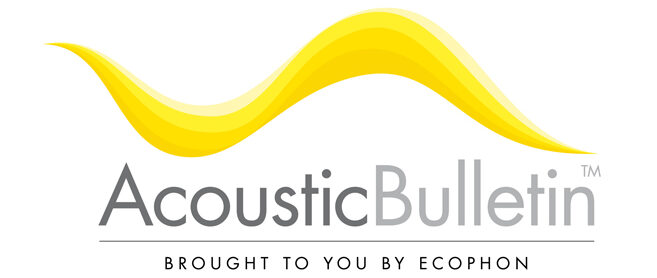
Unique Challenges
Imagine stepping into the unique challenges as a project acoustician in the bustling heart of Johannesburg, South Africa. Your mission: to ensure the acoustic conditions of a forthcoming office building that will grace the trendy business district in three years. While the architect’s vision is crystal clear, and an array of documents and drawings map out the property’s design, there’s a noticeable absence of standardized rules and regulations. For Andrew Wade, this is a daily reality, reflecting the distinctive approach that characterizes this part of Africa. Here, ISO standards and conventional sound requirements don’t wield the same authority. Attendees at EIAS 2023 gained a captivating insight into this unique perspective during Andrew Wade’s illuminating presentation.
Balancing Standards and Creativity
Andrew Wade asserts that while standards hold value in many contexts, they can sometimes overcomplicate and stifle creativity in projects. Nonetheless, their primary role is to ensure that clients receive precisely what they’ve requested. “Standards, while valuable, can make things more complicated and regulated. They limit creativity but ensure that the client’s wishes are fulfilled,” comments Andrew Wade. The choice to adhere to or diverge from specific sound requirements hinges on the client’s priorities.
Tailoring Solutions: A Collaborative Approach
In the pursuit of elevated sound requirements and superior room acoustics, the steps required to achieve these goals are diligently undertaken. However, when clients prioritize other aspects over sound requirements, the standard doesn’t impose specific criteria. “In each project, we initially educate our clients about the different standards. We make comparisons to determine the right level and engage in a mix-and-match process to find effective solutions. However, budget constraints can make convincing clients of superior acoustic outcomes challenging, often leading to collaborative approaches as the ultimate solution.”
A Shifting Landscape: An Outdated Standard
According to Andrew, a standard introduced in 1964, though initially informative, may no longer entirely apply. This approach extends beyond South Africa to other countries along the African coastline.

Reevaluating Roles: The Architect’s Leadership
Conversations with Andrew Wade and the insights he provided left me with a profound realization – our approaches to project planning and execution in Sweden differ significantly. In South Africa, the architect plays a leadership role throughout the entire construction process and assumes the position of the responsible designer.
Joakim: – “I think I understand a bit better now! So, does the architect also oversee the turnkey contract?”
Andrew: – “What is a turnkey contract?”
Here, discussions ventured into even more intricate terrain, revealing that the architect is also responsible for procuring sub-ceiling contractors, managing the overall budget, and supervising construction contractors. Somewhere along this journey, I recognized the need to set aside my preconceptions and adopt a fresh perspective.
Never Underestimating Acoustic Design: A Vital Role
Nonetheless, this distinctive approach doesn’t imply a disregard for acoustics, even in the pursuit of securing projects. Acoustic considerations remain vital. If specific sound requirements are stipulated for different segments of the office property, it falls upon the acoustician to convey this information to the architect. Simultaneously, it’s the builder’s responsibility to execute the specified plans. Here, the acoustician’s expertise becomes paramount. They must effectively communicate with property management, tenants, and property owners, highlighting the office’s potential as a premium product in exclusive business districts. These areas should foster the growth of businesses within a workspace defined by exceptional acoustic quality.
Conclusion: Lessons and Reflections
Is our Swedish system excessively complex and burdensome? If success hinges on a single individual possessing comprehensive knowledge, the courage to make decisions, extensive experience, and a strong financial acumen, then perhaps we have a problem.

In my view, in Sweden and various parts of the Nordic region, a regulated system appears to be a more viable option compared to a “one-man show.” The latter approach carries significant risks, particularly the potential for a swift exit from a project when it no longer aligns with the client’s wishes. If I interpreted Andrew Wade correctly, this appears to be a drawback in the South African system as well.
Watch the full presentation here and listen to the interview with Andrew!
More about the EIAS 2023 event can be found here.


